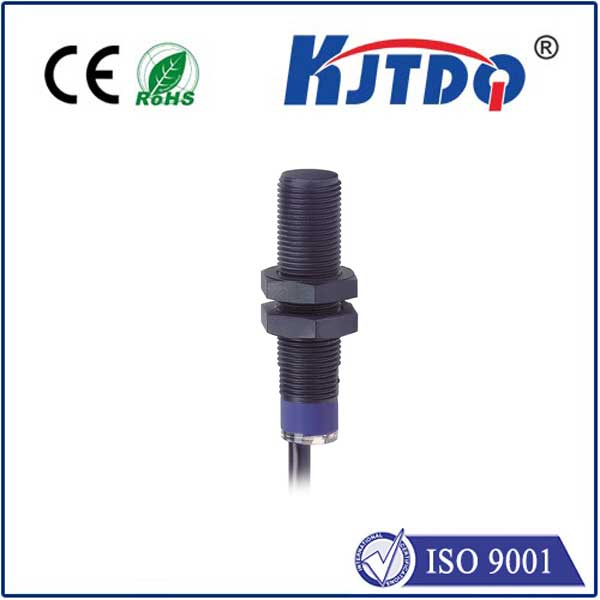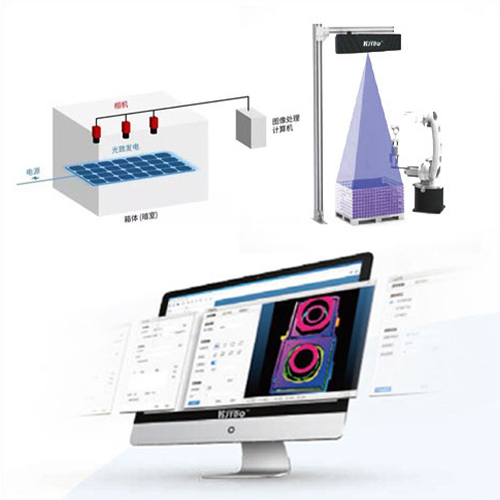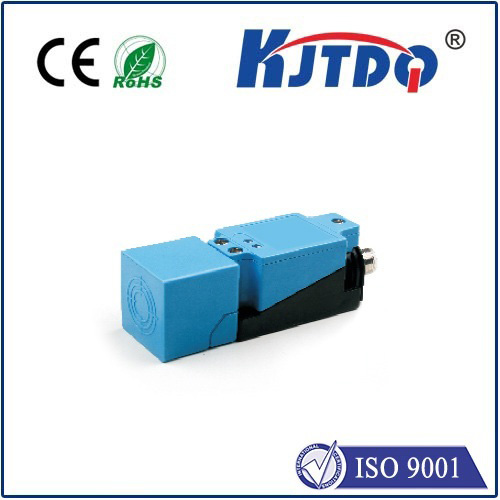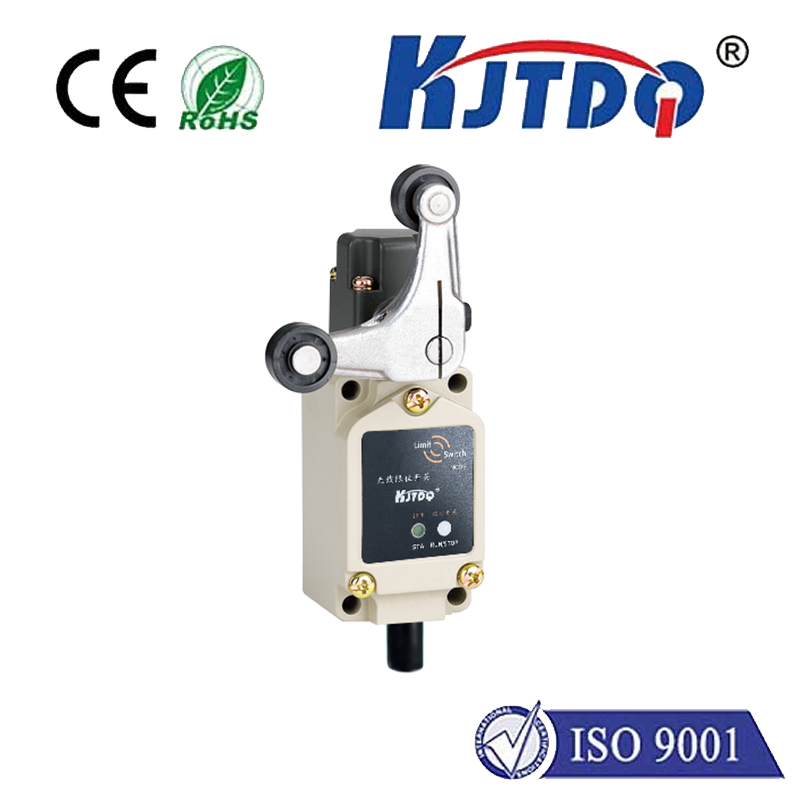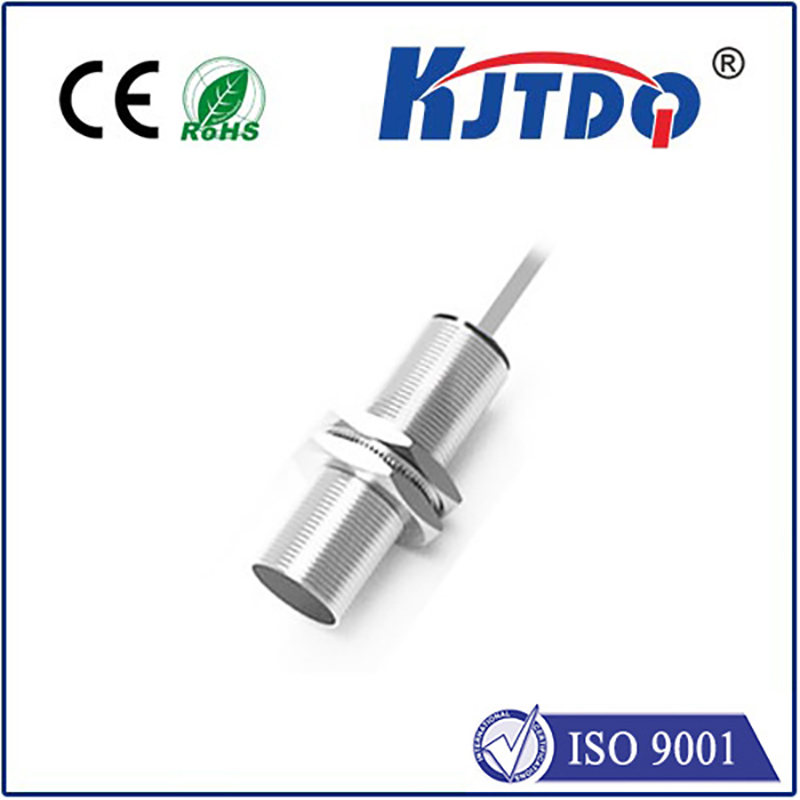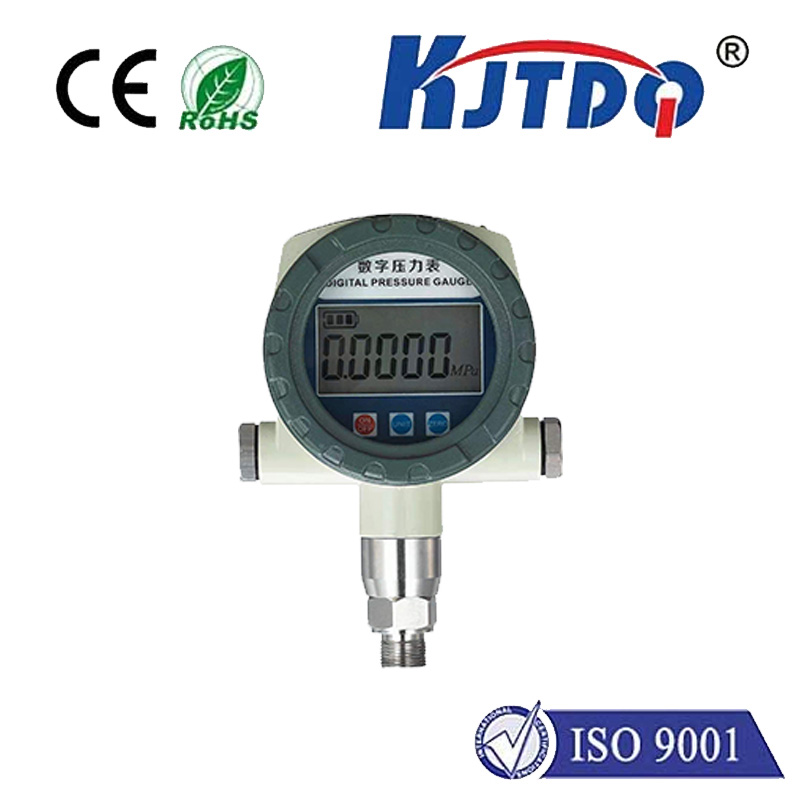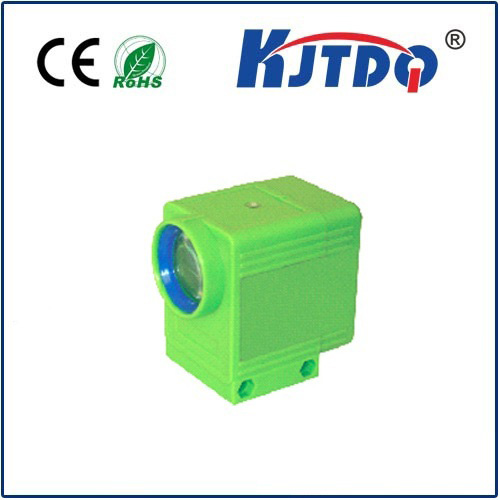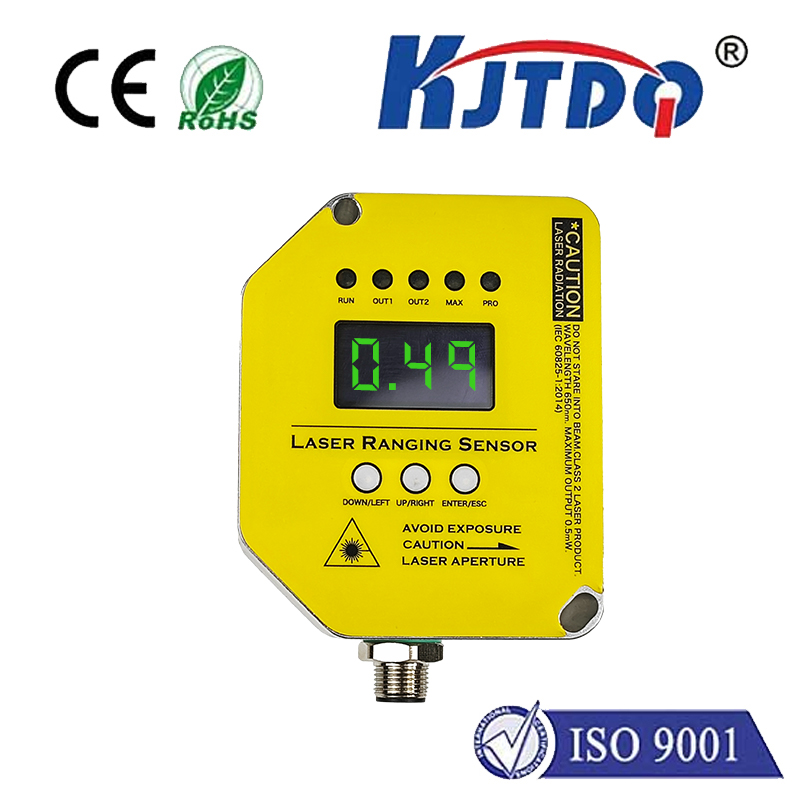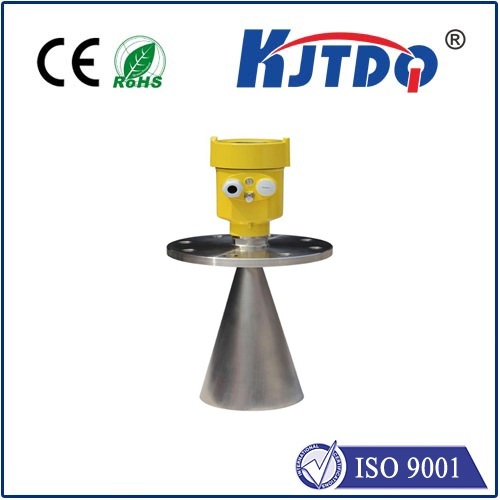optical proximity sensor working principle
- time:2025-08-15 00:23:00
- Нажмите:0
The Invisible Guardian: Demystifying How Optical Proximity Sensors Work
Ever wondered how your smartphone screen magically turns off when you hold it to your ear during a call, preventing accidental cheek dials? Or how complex industrial robots avoid collisions with obstacles and humans? The silent hero enabling these feats is often the optical proximity sensor. This sophisticated yet compact device plays a crucial role in countless modern applications. But how exactly does it achieve this non-contact detection? Let’s illuminate the core optical proximity sensor working principle.
At its most fundamental level, an optical proximity sensor operates by detecting the presence, absence, or distance of an object without physical contact, using light as its primary tool. It leverages the principles of light emission, reflection, and reception. Think of it like a tiny, silent sonar system, but using photons instead of sound waves.
Core Components and Working Mechanism
The magic happens through the interplay of three key components:

- The Emitter (Light Source): This is typically an infrared (IR) Light Emitting Diode (LED). Why infrared? Primarily because IR light is invisible to the human eye, allowing the sensor to operate discreetly. Additionally, IR LEDs are efficient, reliable, and relatively inexpensive. The emitter generates a beam of modulated light (often pulsed at a specific frequency) directed towards the target area.
- The Receiver (Light Detector): Positioned strategically, often near the emitter, is the receiver. This is usually a highly sensitive photodiode or phototransistor. Its sole job is to detect incoming light. Crucially, it’s tuned to be sensitive to the same wavelength of IR light that the emitter produces. This helps filter out ambient light interference, a critical aspect of reliable operation.
- Signal Processing Circuitry: This is the brain of the sensor. It controls the emitter, powers the system, and, most importantly, analyzes the signal received by the photodetector. It converts the tiny electrical current generated by the photodetector (proportional to the received light intensity) into a usable output signal, often digital (on/off) or analog (proportional to distance).
The Detection Principle: Reflection is Key
The core optical proximity sensor working principle hinges on the reflection, or more accurately, the change in reflection, of the emitted light beam:
- No Target Present: When there is no object within the sensor’s detection range, the emitted IR light beam travels unimpeded into the surroundings. Only a negligible amount of ambient light (or potentially dust) might reach the receiver. The photodetector generates a very low, baseline signal.
- Target Enters Detection Zone: When an object moves into the sensor’s operational field, the emitted IR light beam strikes its surface. Depending on the reflectivity of the object’s material, a certain portion of this light is reflected back towards the sensor.
- Reflected Light Detection: Some of this reflected IR light is captured by the receiver photodiode or phototransistor. The presence of the object causes a measurable increase in the intensity of the light hitting the receiver compared to the “no object” state.
- Signal Analysis and Output: The signal processing circuitry continuously monitors the receiver’s output. It detects this increase in light intensity. Using sophisticated filtering (like synchronous detection locked to the emitter’s modulation frequency), it distinguishes the sensor’s own reflected signal from ambient light noise. When the reflected signal exceeds a predefined threshold:
- For a digital proximity switch, the circuitry triggers a clean ON signal (e.g., logic HIGH or switch closed).
- For an analog proximity sensor, the circuitry outputs a signal (like voltage or current) that is proportional to the distance to the target. Closer objects reflect more light back to the receiver (up to a point), resulting in a stronger signal. Further objects reflect less light. This relationship allows for distance measurement.
- Target Exits Detection Zone: Once the object moves away, the reflected light intensity at the receiver drops back below the threshold. The circuitry then resets the output signal to its OFF state (e.g., logic LOW or switch open) or adjusts the analog output to indicate the increased distance. The speed of this change depends on the sensor’s response time.
Key Advantages Driving Adoption
Understanding the optical proximity sensor working principle explains why they are so widely used:
- Non-Contact Sensing: Eliminates mechanical wear and tear, ideal for delicate objects or harsh environments.
- Fast Response Time: Reaction times are typically in the microsecond to millisecond range, enabling high-speed detection.
- Long Operational Life: With no moving parts, reliability is exceptionally high.
- Compact Size: Modern designs are incredibly small, fitting into smartphones and miniaturized devices.
- Resistance to Environmental Factors: Unlike ultrasonic sensors, performance is largely unaffected by air turbulence, humidity, or acoustic noise. Modulated light helps reject ambient light interference effectively.
- Material Versatility: Can detect a wide range of materials, although reflectivity and color significantly impact detection range. Shiny or white objects reflect well; dark or matte black objects are more challenging to detect at longer ranges. Sensor selection must account for target surface properties.
Diverse Applications: From Pockets to Production Lines
The optical proximity sensor working principle lends itself to ubiquitous applications:
- Consumer Electronics: Screen blanking in smartphones/tablets during calls, automatic brightness adjustment, touchless gesture control, robotics.
- Промышленная автоматизация: Object presence detection on conveyors, part counting, machine guarding, position verification, fill level sensing (for transparent containers or specific materials), robotic navigation.
- Home Appliances: Automatic faucets and soap dispensers, paper towel dispensers, touchless flush systems, automatic doors.
- Automotive: Occupancy detection (for airbag control), gesture control infotainment, rain sensing for automatic wipers (often combined with other principles), park assist systems.
- Security Systems: Intrusion detection (break beam configurations), tamper detection.
Sensing Beyond Simple Presence: Analog Proximity
While digital detection (object present/absent) is common, many optical proximity sensors leverage the correlation between reflected light intensity and distance to provide analog outputs. By carefully calibrating the sensor and understanding the specific reflection characteristics of expected targets, these devices can provide reasonably accurate distance measurements within their operational range. This analog capability is vital for applications like robotic obstacle avoidance, precise positioning, and assembly tasks. Factors like target color and reflectivity still necessitate careful application-specific setup.
The elegance of the optical proximity sensor working principle lies in its simplicity and effectiveness. Harnessing the fundamental properties of light emission and reflection provides a robust, versatile, and non-contact method for detecting objects across an astonishing breadth of modern technology. From the smartphone in your pocket to the factory floor of tomorrow, these unseen optical sentinels continuously monitor proximity, enabling smarter, safer, and more efficient interactions between machines and the physical world. Their evolution continues, promising even smaller footprints, lower power consumption, and enhanced capabilities for the future.

